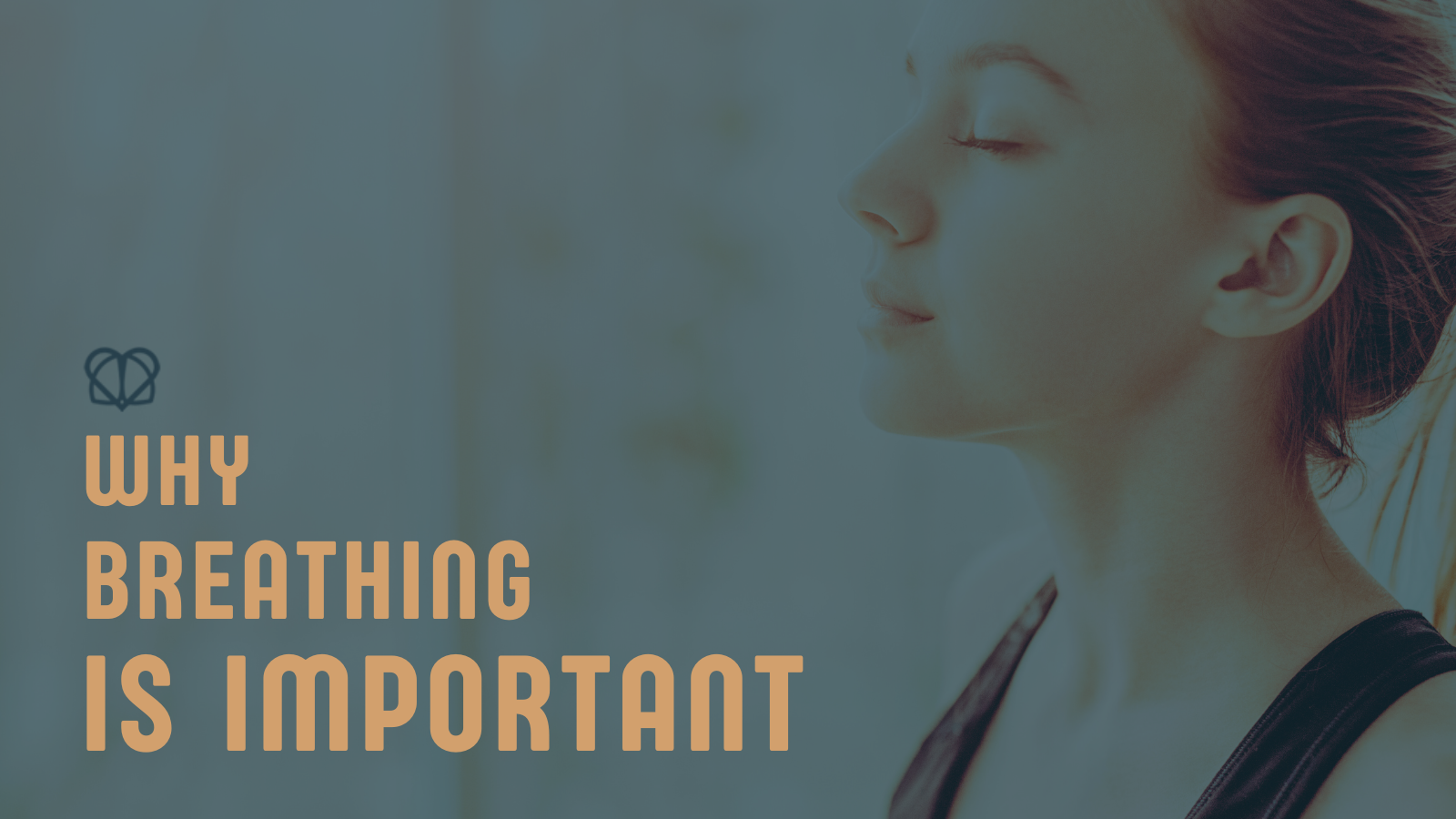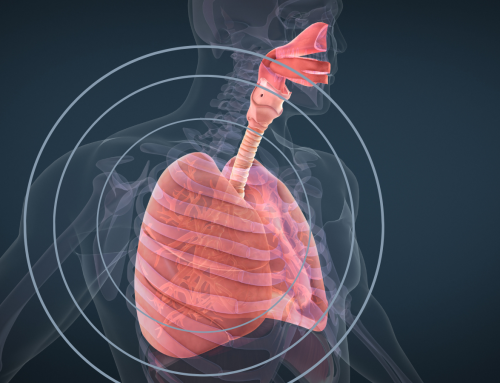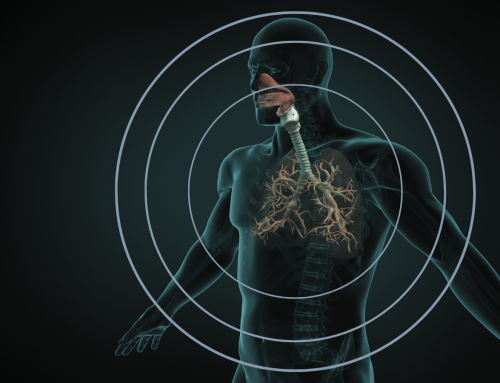That may seem like an odd question: of course it is important! It is fundamental to life and forms the foundation of our health and wellbeing. We aren’t taught how to do it, it just happens naturally – and we can’t do without it.
Perhaps a better question is: why is breathing well so important?!
Why breathing is important
Humans are able to survive for 3 weeks without food, 3 days without water, but only 3 minutes without air.
Most of the time we hardly give breathing any thought.
Inhaling delivers the oxygen our bodies need for metabolism and then exhaling removes carbon dioxide – the by-product of these reactions – from our bodies. It also serves as one of the major regulators of pH in our bodies and has influence over the autonomic nervous system and circulatory system.
Breathing optimally means we’re maximising how our bodies perform in all these areas, as well as giving our breathing system the best chance to be able to respond to certain situations.
How do we breathe optimally? What does it look and feel like?
Optimal breathing is when we are breathing at the right level for our own body – what the body was physiologically designed for.
But how do you know if you’re doing it right? It’s time to analyse your breathing!
Believe it or not, things can go wrong!
Over-breathing, chest breathing, and holding your breath are all examples of when things go wrong. This is known as a breathing pattern disorder or breathing pattern dysfunction. This can lead or contribute to:
- Shortness of breath
- Tight or heavy chest
- Exercise intolerance
- Breathwork intolerance
- Inability to take a deep or satisfying breath
- Frequent sighing or yawning
- Racing heart rate
- Stress or anxiety
- Aches and pains in the shoulders / upper back / neck
- Fatigue
Can breathwork help?
There are many fantastic breathing practices out there, some of which are designed to help people find a sense of calm.
In our experience, people with breathing pattern dysfunction find it hard to follow breathwork exercises. This is likely because it is more difficult for them to manipulate the breath so they are rarely able to achieve the benefits that breathwork can offer.
Think of it like this – you’d like to be able to do a long walk along the beach on holiday, but you have a limp as a result of a hip injury several months ago. You therefore know you won’t be able to enjoy, or finish, the walk to achieve the benefits of it until you have received help to rehab your hip. Breathing pattern optimisation or re-education from a respiratory physiotherapist is no different. Our focus is on teaching optimal breathing, helping you build a breathing foundation which is adaptable and allows you to reap the benefits activities such as exercise, yoga, singing, or breathwork.
Ultimately, if you can’t breathe optimally in the first place, it is more difficult for your body and your breathing to adapt to other situations.
How can I help myself?
Practicing breathing control is a great starting point if you think you need to get back on track.
Perhaps you have had a period of illness and are struggling; or may you think you might have a breathing pattern disorder?
Have a go at this exercise and see how you get on. Top tip – you are not trying to push your tummy out – the tummy will move slightly, but only as a consequence of the diaphragm moving! The movement should occur at the lower rib cage.
If you’d like more help…
Our respiratory physiotherapists are here to support patients who have developed a breathing pattern disorder. We have worked with a number of people – from struggling with normal everyday activities to training as an elite athlete – to help identify and address their symptoms and get back on track.
You can book your first appointment online via our booking page or drop an email if you’d like to find out more enquiries@airphysiotherapy.co.





